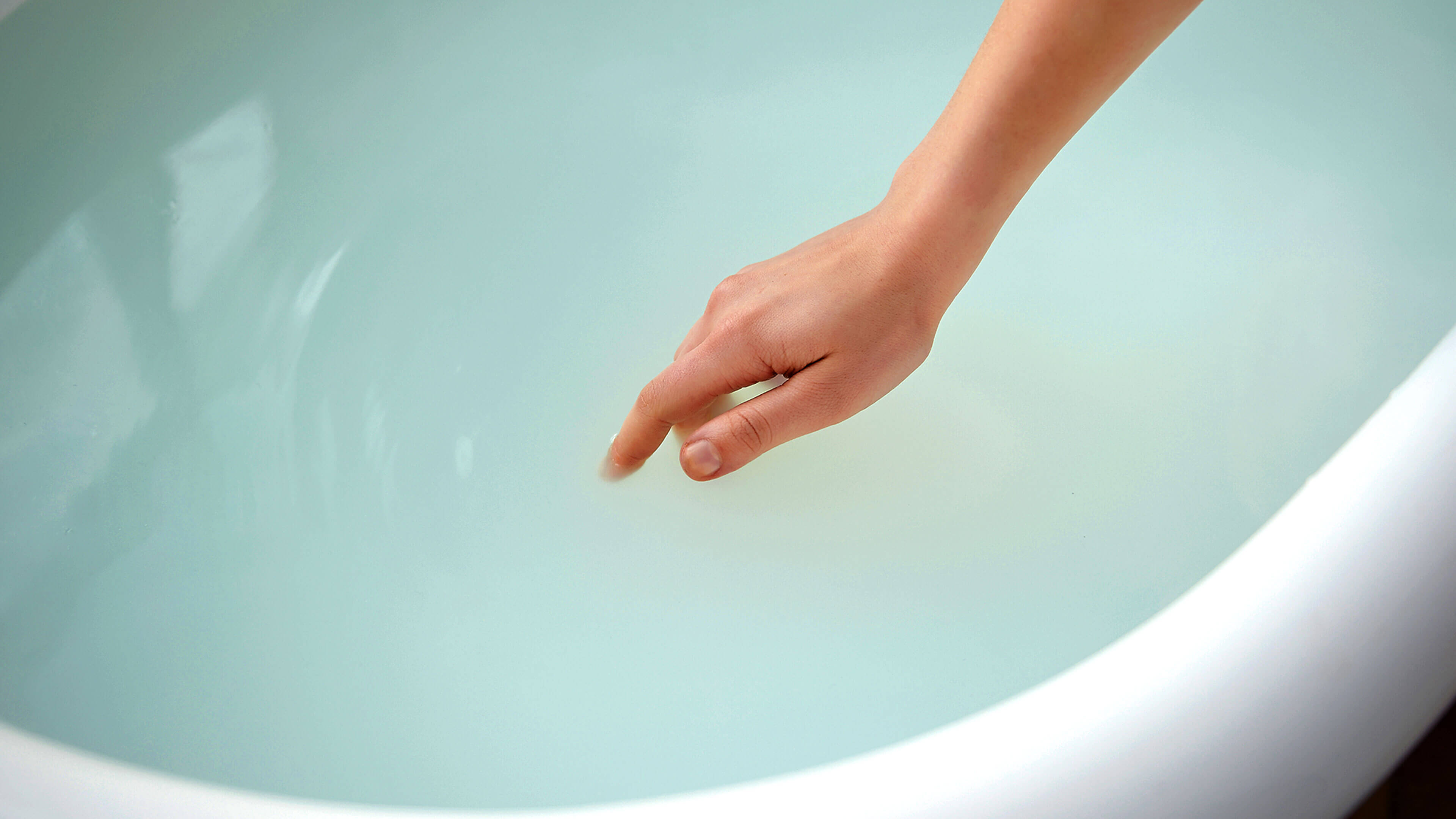My Cart(0)
Rejuvenate and Heal: The Ultimate Guide to Postpartum Sitz Baths

Introduction
The journey through pregnancy and childbirth is a remarkable and transformative experience. However, it can also take a toll on a mother's body. Postpartum recovery is a crucial phase for new mothers, and self-care is essential during this time. One healing and comforting tradition that has been passed down through generations is the postpartum sitz bath. In this blog post, we will explore the rejuvenating benefits of postpartum sitz baths and provide you with easy-to-follow recipes and tips on how to make the most of this healing ritual.

1. Understanding the Sitz Bath
A sitz bath is a shallow, warm water bath designed to immerse your hips and buttocks, allowing for soothing relief and healing in the perineal area. It is an age-old practice, often recommended by healthcare providers, especially after childbirth. Sitz baths can help alleviate discomfort and promote healing in the following situations:
-
Postpartum Recovery: After childbirth, the perineal area may be sore or swollen. A sitz bath can help soothe and reduce discomfort.
-
Hemorrhoids: Hemorrhoids, which can be common during and after pregnancy, may cause pain and itching. A sitz bath can provide relief.
-
Inflammatory Conditions: Sitz baths may be recommended for individuals with certain inflammatory conditions, such as anal fissures.
2. The Benefits of a Postpartum Sitz Bath
Before diving into the recipes and tips, let's explore the benefits of a postpartum sitz bath:
Pain Relief: Warm water helps to relax and soothe sore muscles and tissues, reducing pain and discomfort in the perineal area.
Promotes Healing: The warm water can increase blood flow to the area, which may speed up the healing process.
Cleansing: Sitz baths can help keep the area clean, reducing the risk of infection.
Relaxation: Taking some time for yourself in a soothing bath can provide emotional relief and relaxation during a challenging postpartum period.
3. The Perfect Postpartum Sitz Bath Recipe
Ingredients:
- A clean, shallow basin or bathtub
- Epsom salt or sea salt
- Organic herbs (e.g., lavender, calendula, chamomile)
- Warm water
- A few drops of essential oil (optional)
Instructions:
-
Begin by ensuring that your basin or bathtub is clean and sanitized.
-
Fill the basin or bathtub with warm water. The temperature should be comfortable for you but not too hot.
-
Add 1-2 cups of Epsom salt or sea salt to the water. These salts can help reduce inflammation and discomfort.
-
Include a handful of organic herbs like lavender, calendula, or chamomile. These herbs are known for their soothing and healing properties.
-
If you desire a pleasant scent, you can add a few drops of your favorite essential oil. Lavender and chamomile essential oils are popular choices for relaxation.
-
Stir the water to dissolve the salts and herbs.
4. How to Take a Postpartum Sitz Bath
Now that you have your sitz bath ready, it's time to learn how to take one effectively:
-
Find a quiet, comfortable space where you won't be disturbed.
-
Place the sitz bath basin or a clean bathtub in this space.
-
Gently lower yourself into the warm water, ensuring that your hips and buttocks are fully immersed.
-
Relax and soak for about 15-20 minutes. Use this time to unwind, meditate, or simply enjoy some self-care.
-
Be sure to keep the water at a comfortable temperature by adding warm water as needed.
-
After your sitz bath, gently pat the perineal area dry with a soft, clean towel. Avoid rubbing, as this can irritate the skin.
-
It's essential to maintain proper hygiene during this time. If your healthcare provider recommends any additional postpartum care, follow their guidance.
5. Additional Tips for Postpartum Sitz Baths
To make the most of your postpartum sitz bath, consider these additional tips:
-
Schedule Regular Baths: Aim for one or more sitz baths a day, especially in the early days of postpartum recovery.
-
Use Sitz Bath Herbs: The organic herbs in your bath can enhance the soothing and healing properties of your bath. Herbs like calendula and chamomile are particularly beneficial.
-
Stay Hydrated: Drink plenty of water during your postpartum period to stay hydrated and support your body's healing process.
-
Consult Your Healthcare Provider: If you have specific concerns or conditions, consult your healthcare provider for advice on sitz baths and any additional postpartum care.
-
Enjoy the Moment: Sitz baths are not only for physical healing but also for emotional well-being. Take this time for self-care, relaxation, and self-reflection.

Conclusion
The postpartum period is a time of healing, recovery, and bonding with your newborn. Postpartum sitz baths offer a soothing and healing tradition that has been cherished by mothers for generations. By using simple ingredients like Epsom salt, organic herbs, and essential oils, you can create a perfect postpartum sitz bath at home. These baths offer a range of benefits, from pain relief to relaxation, and can support your postpartum journey.
As you embark on this beautiful yet challenging phase, remember that self-care is a precious gift you can give yourself. Soak, relax, and rejuvenate, and in doing so, honor the incredible strength and resilience that brought you to this moment.
unsubscribe at any time without costs.










